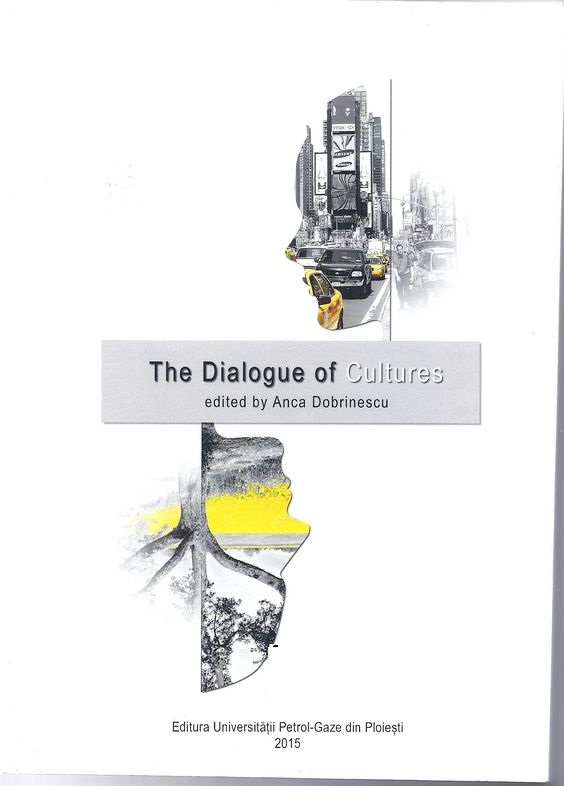The Single Girl in the City: Dialogues with Urban Realities in Contemporary Literature and TV Shows
The Single Girl in the City: Dialogues with Urban Realities in Contemporary Literature and TV Shows
Author(s): Vladislava Gordić Petković
Subject(s): Gender Studies, Media studies, British Literature, American Literature
Published by: Universitatea Petrol-Gaze din Ploieşti
Keywords: postfeminism; the single girl; role models; literature; TV shows;
Summary/Abstract: The so called “third wave” of the feminist movement, often termed postfeminism, is hardly a movement anymore with its strong depoliticisation of the feminist struggle, as it abandons the “sisterhood is powerful” creed for the new politics of singledom, which has elevated from a humiliating status to the new freedom of choice. Postfeminism is focused on individualism, since the collectivity has already managed to fulfil the political goals and demands. It is aware of marriage’s sordid social and economic history and there is no pressure to rush into tying the knot, as spinsterhood ceases to be a humiliating and dismal social and economical status. The single girl is a loaded figure in American cultural history, from Theodore Dreiser’s Carrie to Truman Capote’s Holy Golightly, from the Jazz age flappers to suffragists. She was missing from the popular culture in the 1980’s, but reemerged in the last decade of the millennium as the postfeminist woman came into the focus, portrayed either as frantic and fragile Ally McBeal, or as frisky thirtysomethings in “Sex and the City”. "Sex and the City" follows four fashionable and charismatic characters on their continuum of sexual conquests and relationship disillusionment, while "Gossip Girl" deals with teenage rebellion in the lives of privileged youngsters who are living life as equally to the full as their older counterparts in "Sex and the City". The single girl raises a few eyebrows, nowadays as well as in 1900: while Dreiser was accused of failing to place any moral judgment on Carrie’s lifestyle, the authors of the TV shows of today are criticised for casting women as overly sexual. The single girl in American literature is usually guided by self-interest, emotionally blank, and fond of material things, and the same tendency is shown in “Sex and the City”, whereas the characters from “Gossip Girl” are not eager to explore the opportunities the city affords, since they feel at home there. The paper will attempt to shed some light at the interrelations of the postfeminist role models in literature and TV shows and the urban life their growth is situated within.
Book: The Dialogue of Cultures
- Page Range: 11-19
- Page Count: 9
- Publication Year: 2015
- Language: English
- Content File-PDF

